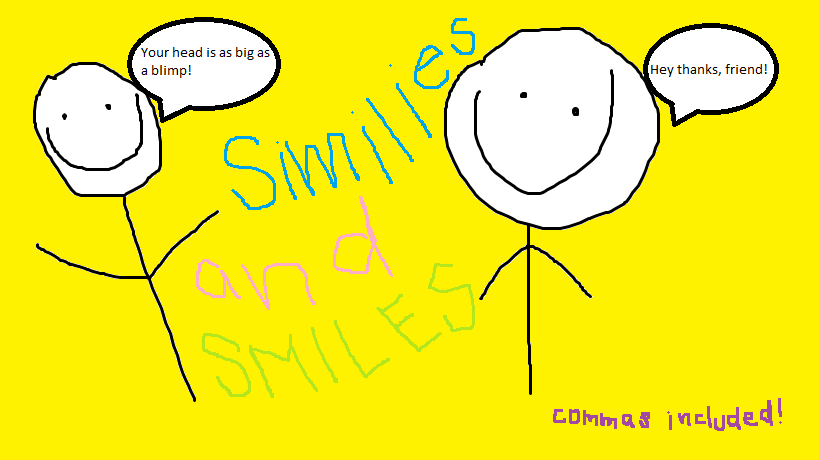
Throughout the novel “The Sun Also Rises” by Ernest Hemingway, the characters struggled to find themselves and their happiness, even taking a journey to reveal the qualities they possess. Hemingway describes a hero as one who exhibits “grace under pressure” while also being confident and brave.
Jake, the protagonist of the novel, finds himself travelling to Spain, a place much different from that of the cold, industrial Paris, France the gang was living in before.
While in Spain, Jake, Brett, Michael, Bill, and Cohn meet the very talented bull fighter, Pedro Romero. At the tender age of nineteen, Romero is described by Jake as a strong, good-looking man, with an angular face and confidence that exudes throughout.
It soon became apparent that Romero is the true “Hemingway Hero” of the novel. As a bullfighter, Romero constantly faced death and danger. He was graceful and confident, but showed humility. Romero was a stickler for tradition as well. Bullfighting came easily to him as he performed under pressure with swift movements and was the best at what he did.
Romero was a character who was loved by all. Men wanted to be him and women wanted him. He was seen as more of a man for doing what he did, while Jake viewed himself as less of a man both physically and emotionally despite his going to war. Jake was maimed after the war and lost a body part that allowed him “to perform.” This definitely scarred him, and made him feel like less of a man, especially while still vying for Brett’s love. Romero wooed Brett and was seen as more of man who could satisfy Brett’s sexuality, something Jake could never do for her.
Heroes have evolved over time. Personally, the first thing I think of as a “hero” is Hercules. He was the strong, charismatic guy who was always there to save the day. He faced danger every day, he saved the damsels in distress, and he did it all with a smile. Or at least that’s how Disney portrayed him!
Of course, this isn’t a practical hero. Today, heroes exist in the most unsuspecting manifestations. I think many would consider heroes as the soldiers who fight in the wars that our country endures, or the firemen who are constantly ready to be on-call, around the clock. A hero could be the policemen that strive to keep our cities safe. I don’t think a hero has a gender or age either.
Depending on how one decides to look at it, a hero could be a little girl, struggling with a life-threatening illness, or a single-mother who raises her baby, eventually sending them to college with the little money she has. A hero could be scientist who discovers a cure for previously incurable disease.
Today, I think heroes have a different definition. Today, heroes aren’t necessarily all about the brawns and the danger. Heroes are the people who are an inspiration, the ones who make a difference for the better, even if it is a minute change. Heroes aren’t all about saving people in the literal sense, although there are many people that could be accredited to “saving” someone’s life, like someone who saw a loved one in need of guidance.
I don’t think heroes necessarily need glorification or recognition for their deeds because the definition today constitutes humbleness and it goes out to all the daily-do-gooders. Heroes are more common, but that could be a good thing. If everyone is striving to do-good, then what’s the problem in that? Sure, there aren’t exactly the standard heroes from the old days, like the cowboys who cleared the town of the bad guy, or the Greek heroes who roved the world for a prophesied destiny. Heroes don’t need to come with a cape and superpowers because heroes are all around. Whether they’re wearing a business suit, carrying a teddy bear, putting on their orthopedic shoes, or getting the hose out to distinguish a fire, heroes are everyday people, and if heroes are common, good deeds are too.
